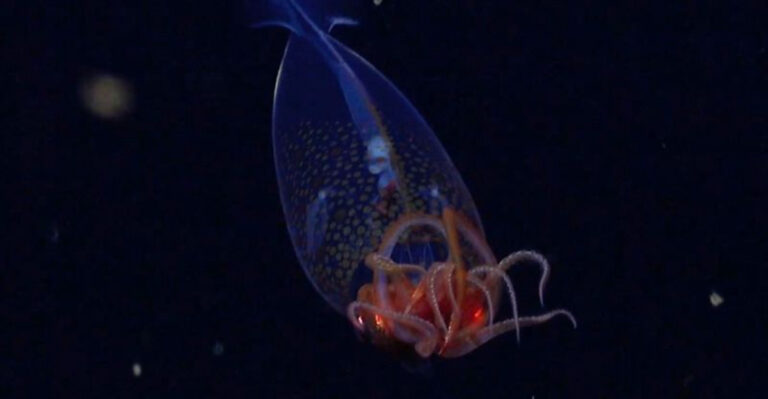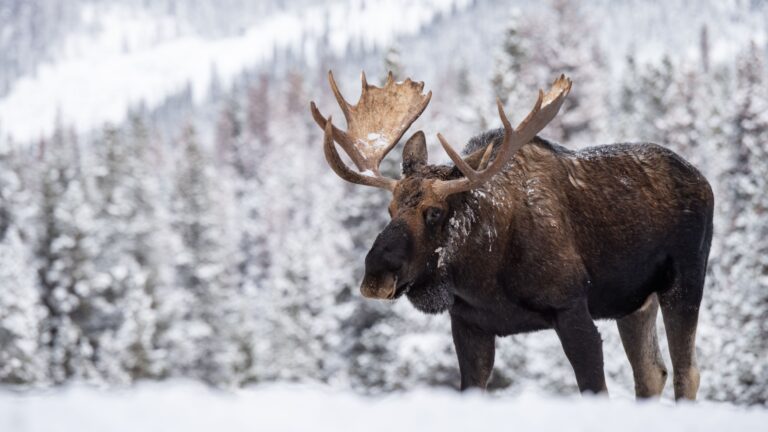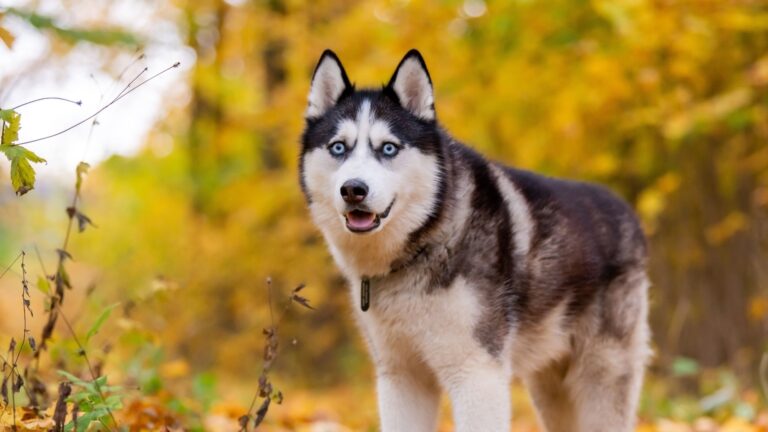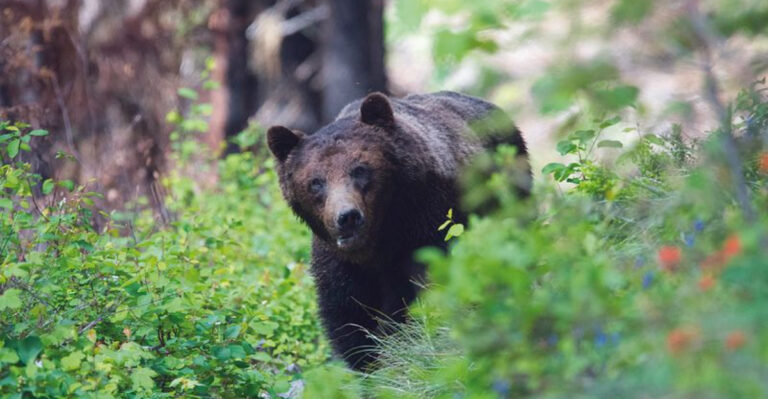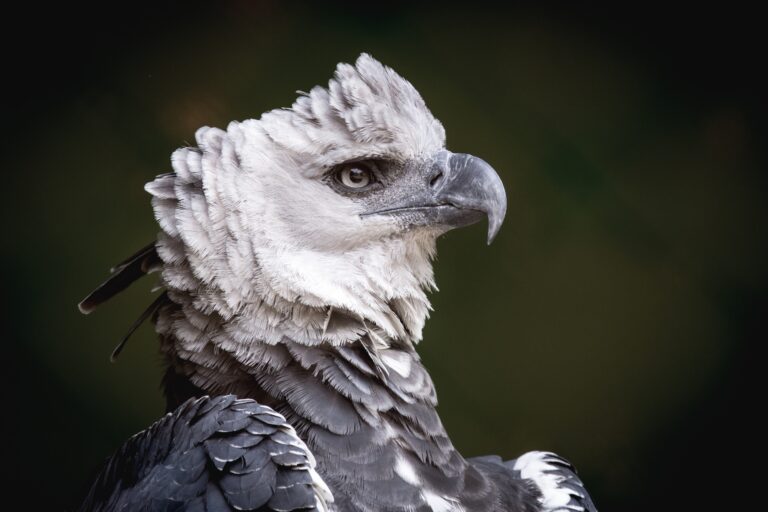The World’s Most Dangerous Bird And How To Escape It
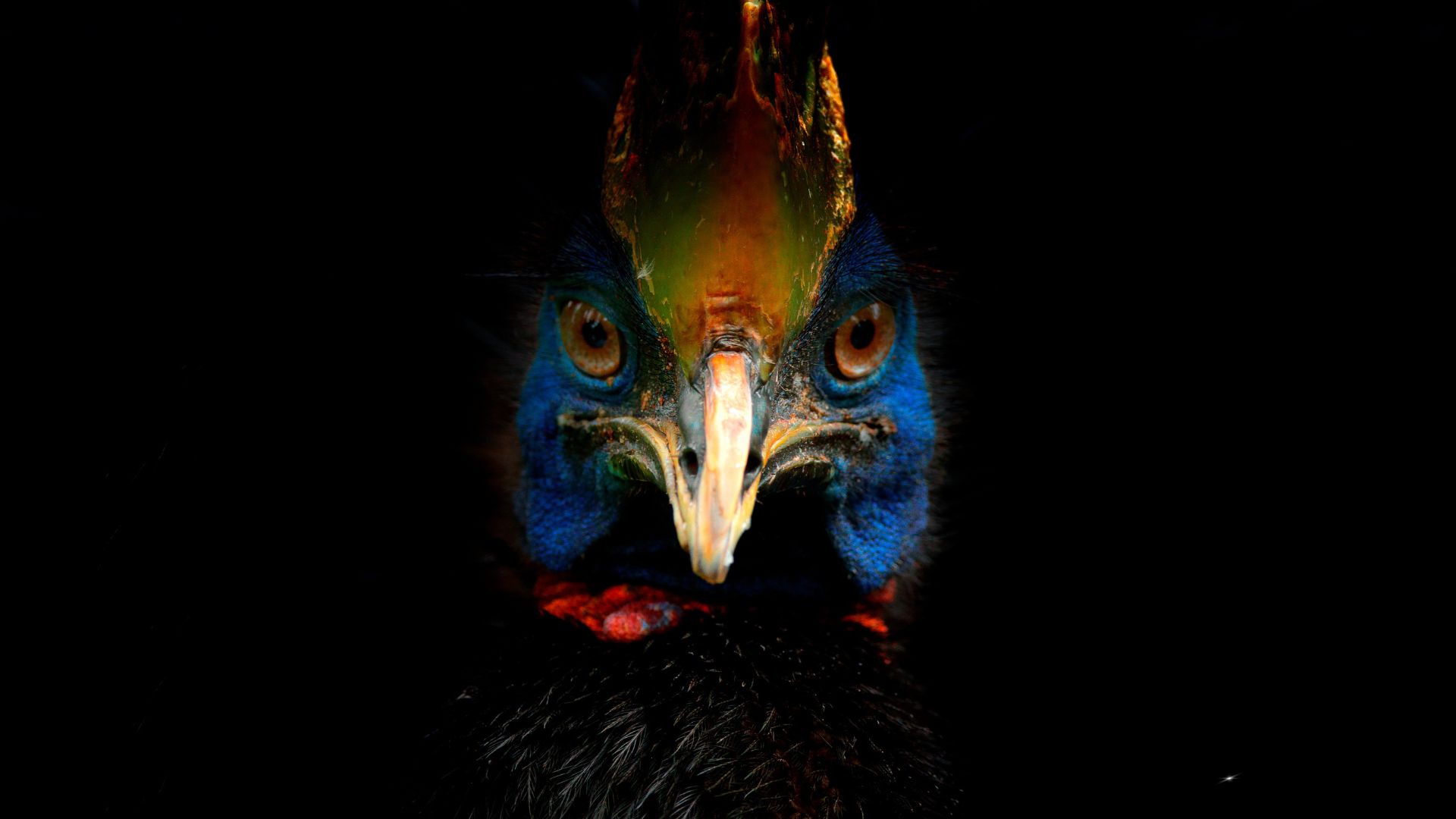
Explore the fascinating yet perilous world of the cassowary, often deemed the world’s deadliest bird. Native to tropical forests in New Guinea, nearby islands, and northern Australia, these flightless birds are known for their striking appearance and formidable defensive capabilities.
With a reputation for being highly aggressive when threatened, understanding these birds is crucial for anyone venturing into their habitats. This guide provides an in-depth look at the cassowary’s physical traits, behavior, and the proper steps to take for ensuring safety in their presence.
1. Introducing The Cassowary: Nature’s Deadliest Bird
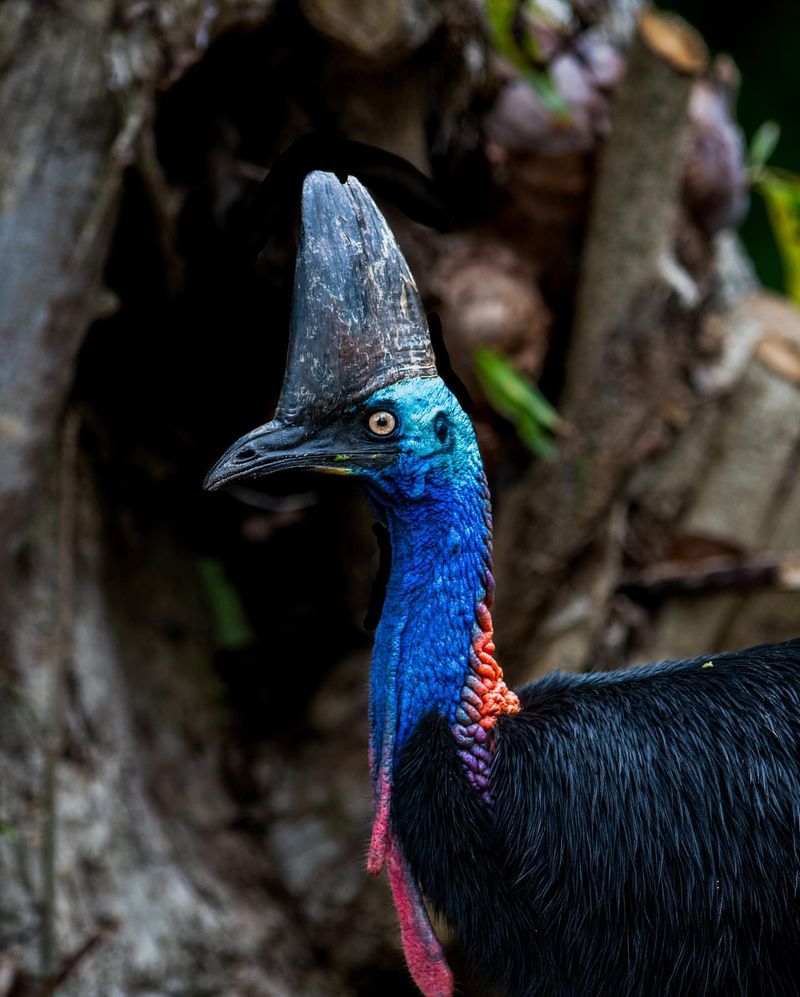
The cassowary, a native of the dense tropical forests of New Guinea and northern Australia, is often regarded as the planet’s deadliest bird. Standing up to 6.6 feet tall and weighing over 130 pounds, this bird’s presence is as imposing as it is captivating.
Its striking colors, brilliant blue neck, and helmet-like casque make it a sight to behold in the wild.
Despite its beauty, the cassowary is far from a friendly bird. It is known for its aggressive nature, especially when it feels threatened. With powerful legs and sharp claws, it can cause serious harm to any perceived threat. Understanding its behavior is key to preventing dangerous encounters.
Their diet primarily consists of fruits, making them vital for seed dispersal in their ecosystem. However, their role in the environment doesn’t mitigate their potential danger to humans. Awareness and respect for this magnificent creature are essential, ensuring safety for both humans and cassowaries.
2. Cassowary Anatomy: Built For Speed And Lethality
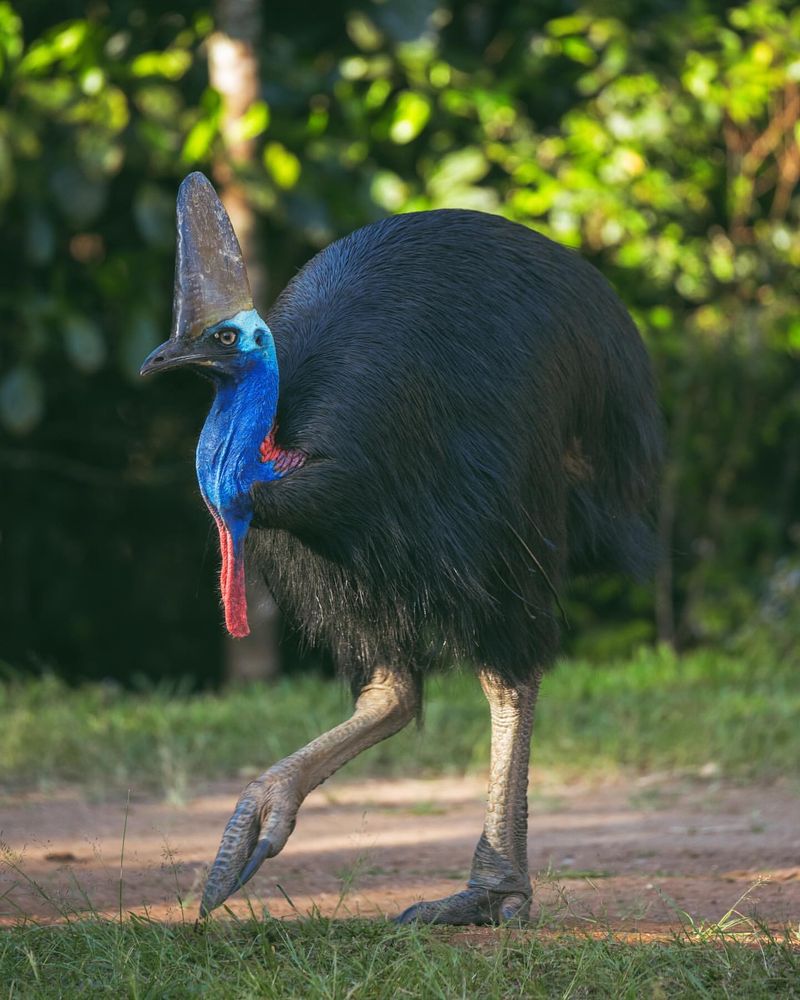
Cassowaries are not just visually striking; their anatomy is perfectly adapted for both speed and lethality. Their legs, among the strongest of any bird, allow them to run swiftly through dense forests at speeds up to 31 miles per hour. This speed enables them to escape predators and chase off threats.
The most dangerous feature of the cassowary is undoubtedly its claw. Each foot boasts a dagger-like claw that can grow up to 5 inches long. This claw is a formidable weapon, capable of inflicting severe injuries with a single kick. Understanding the anatomy of this bird helps in appreciating the power it wields.
Despite their lethal capabilities, cassowaries are not inherently aggressive. Their formidable anatomy is primarily for defense. Respecting their space and observing them from a safe distance can prevent most dangerous encounters. Knowing what makes them tick can make the difference between a peaceful observation and a dangerous run-in.
3. Where They Live: Cassowary Habitats And Range
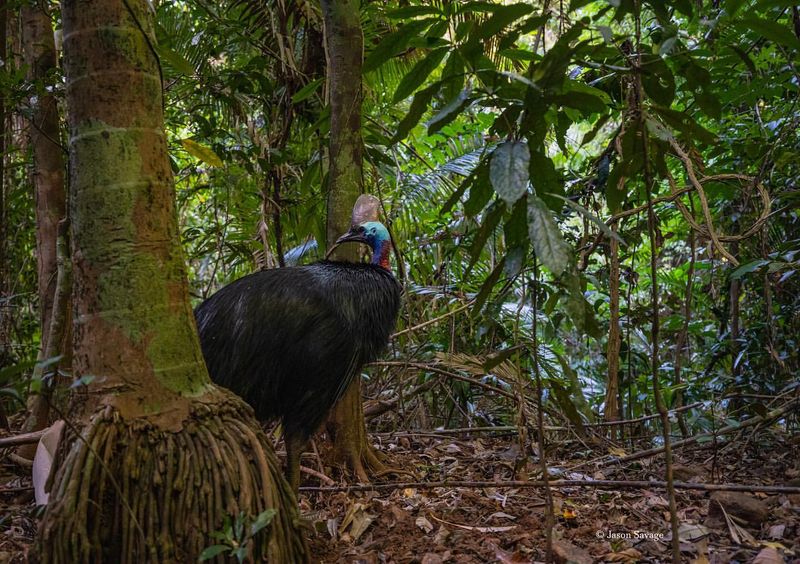
Cassowaries inhabit the dense tropical rainforests of New Guinea, nearby islands, and the northern regions of Australia. These environments provide the perfect blend of cover and sustenance, as they are filled with the fruits and plants that make up the bulk of their diet.
The thick vegetation offers cassowaries both shelter and protection. Their dark plumage helps them blend into the shadows, making them difficult to spot in the wild. These birds prefer solitude, roaming the forest floor in search of food and rarely straying into open areas.
Understanding their natural habitat is crucial for anyone planning to visit or work in these regions. Being aware of their range and the type of environment they prefer can help in planning safe excursions into their territories. Staying on marked trails and avoiding dense underbrush can minimize the risk of unexpected encounters.
4. Behavioral Patterns: Why Cassowaries Can Be Dangerous
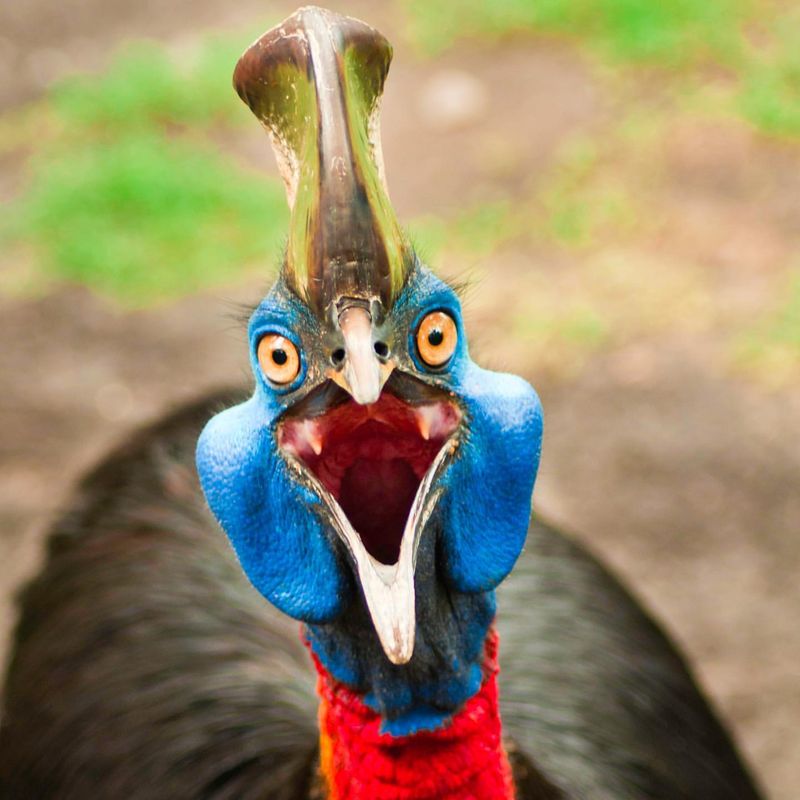
Understanding cassowary behavior is essential for anyone in their natural habitat. While generally shy, these birds can become highly aggressive, especially if they feel cornered or their young are threatened. This defensive aggression is a key reason for their dangerous reputation.
Cassowaries communicate through deep, resonant calls that can be heard over long distances. These calls serve as both territorial warnings and mating signals. Observing these vocalizations can provide insights into their mood and intentions.
Recognizing signs of agitation, such as fluffing feathers or displaying their robust casque, can be critical in avoiding confrontations. By understanding these behaviors, humans can better navigate their environments without provoking these magnificent yet formidable birds.
5. Historical Encounters: Notable Cassowary Attacks On Humans
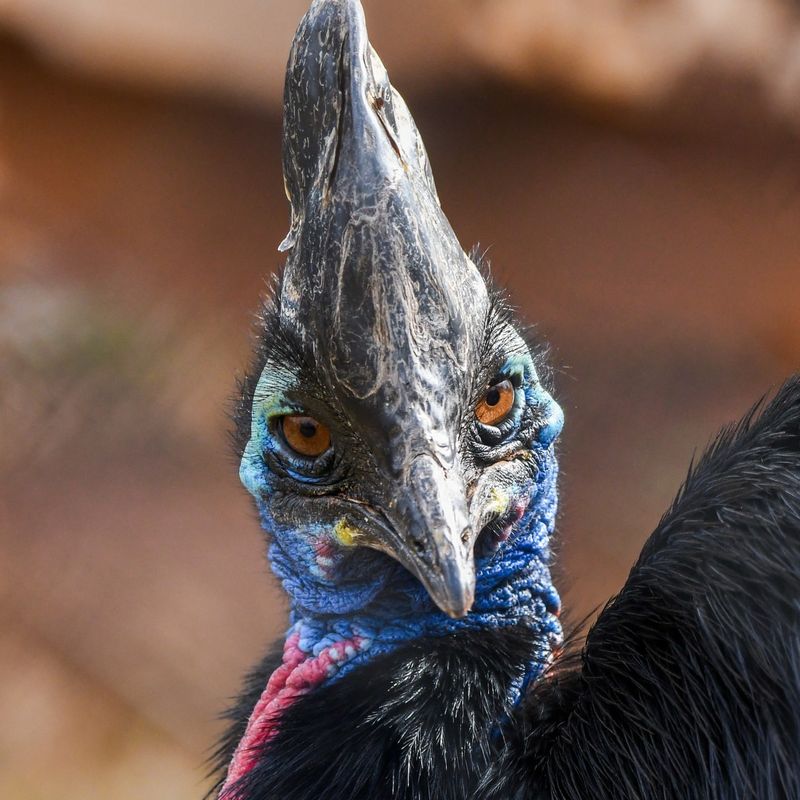
Throughout history, there have been notable instances where cassowaries have attacked humans, often with severe consequences. One of the most infamous cases occurred in 1926 when a young boy in Australia was fatally injured. This incident remains a stark reminder of the bird’s potential danger.
Other reports over the years have highlighted similar encounters, often resulting from humans encroaching into the birds’ territory or attempting to feed them. These interactions underscore the need for caution and respect.
By examining these historical encounters, we can learn valuable lessons about the importance of maintaining a safe distance from cassowaries. These stories serve as both a warning and a lesson in how human actions can provoke unintended aggression in wildlife.
6. The Science Behind Their Strikes: Cassowary Claws And Kicks
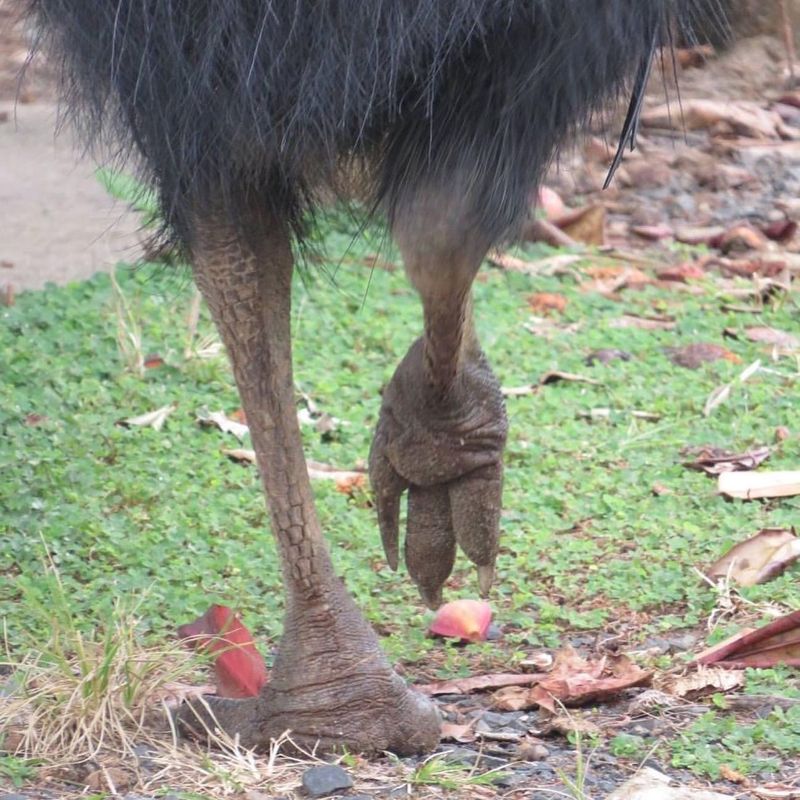
The cassowary’s kick is a marvel of natural engineering, combining speed, power, and precision. Each powerful leg is equipped with a claw that acts like a natural dagger, capable of delivering swift and deadly strikes.
Scientific studies have shown that these kicks generate significant force, enough to penetrate flesh and even bone. The bird’s agility and strength allow it to leap and strike in one fluid motion, making its attacks both unpredictable and highly effective.
Understanding the mechanics behind a cassowary’s attack can help in devising effective defense strategies. This knowledge is vital for wildlife researchers and anyone working in cassowary-inhabited areas. Awareness of their capabilities can prevent potential injuries and ensure safe coexistence with these powerful creatures.
7. What To Do If You Encounter A Cassowary In The Wild
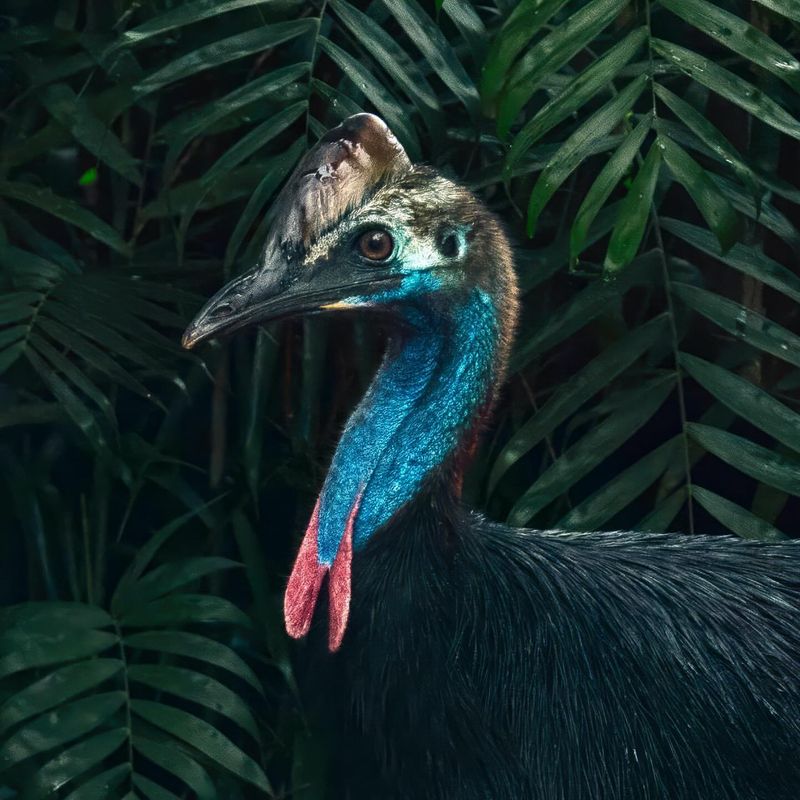
Encountering a cassowary in the wild can be a daunting experience, but remaining calm is key. The first rule is to never approach or corner the bird. Instead, give it plenty of space and avoid sudden movements that could be perceived as threatening.
If a cassowary appears agitated, back away slowly while maintaining eye contact. Do not turn your back or run, as this might trigger a chase response. If the bird charges, use any available object to shield yourself, such as a backpack or jacket, to protect vital areas.
Preparation is everything; knowing how to react before an encounter can make all the difference. Familiarizing oneself with cassowary behavior and practicing these strategies can transform a potentially dangerous situation into a safe and memorable wildlife experience.
8. How To Recognize Signs Of Aggression And Avoid Provoking The Bird
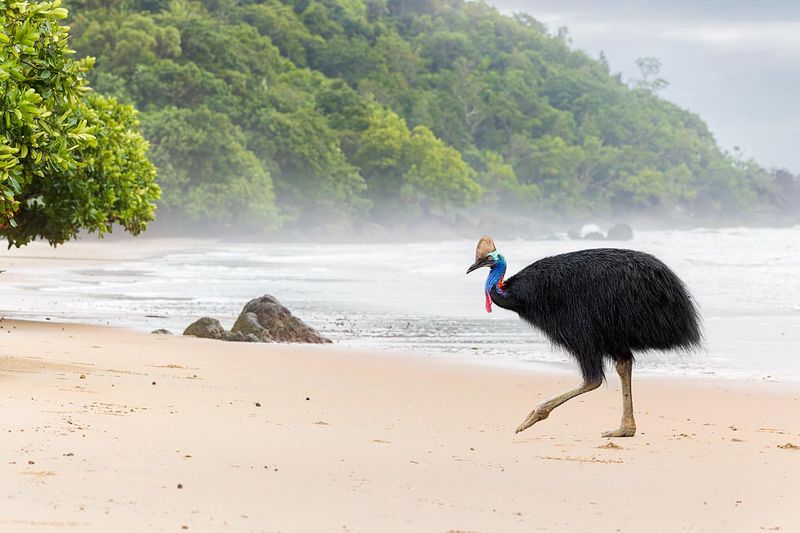
Identifying signs of aggression in cassowaries is crucial for avoiding dangerous encounters. These birds exhibit certain behaviors when agitated, such as lowering their heads, flaring their feathers, and emitting low, rumbling calls.
Avoid direct eye contact and back away slowly if these signs are observed. Never approach a cassowary, especially if it is with its young, as they are highly protective and can attack to defend their chicks.
Awareness of these signals and practicing non-provocative behaviors can prevent many potential conflicts. By respecting the cassowary’s space and understanding its body language, humans can coexist peacefully with this remarkable bird.
9. Effective Escape Strategies: Protecting Yourself In A Cassowary Encounter
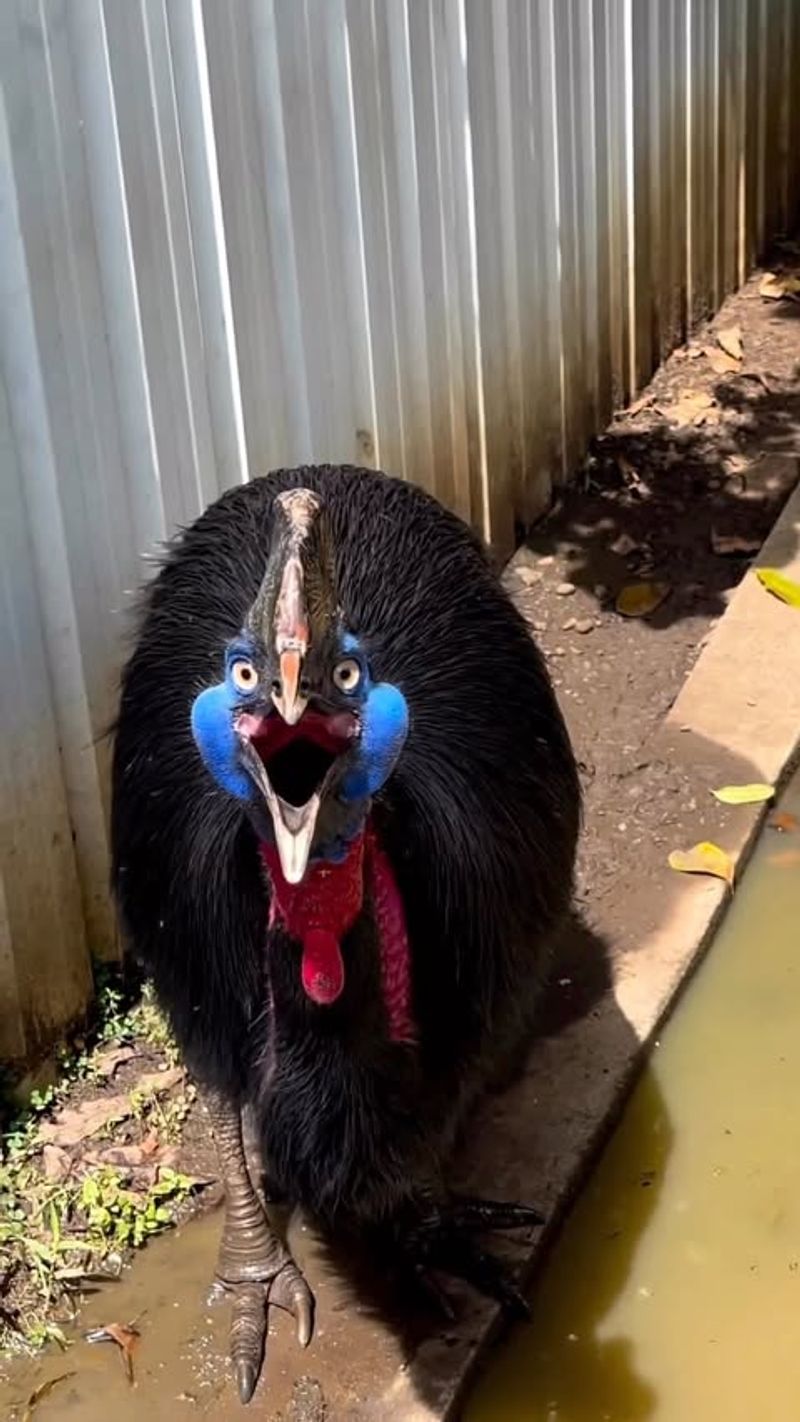
In the rare event of a cassowary attack, knowing how to escape safely is vital. One effective strategy is to climb a tree or find higher ground, if possible, as cassowaries are unable to fly or climb.
If climbing is not an option, use objects to create a barrier between yourself and the bird. A backpack or large stick can serve as an effective shield. In extreme situations, lying flat on the ground and protecting your head and neck can minimize injury.
Understanding these escape strategies and practicing them can significantly increase safety during an encounter. These methods emphasize the importance of preparation and awareness, ensuring that even unexpected encounters can be navigated with confidence.
10. Conservation Challenges: Preserving Cassowaries Without Risking Lives
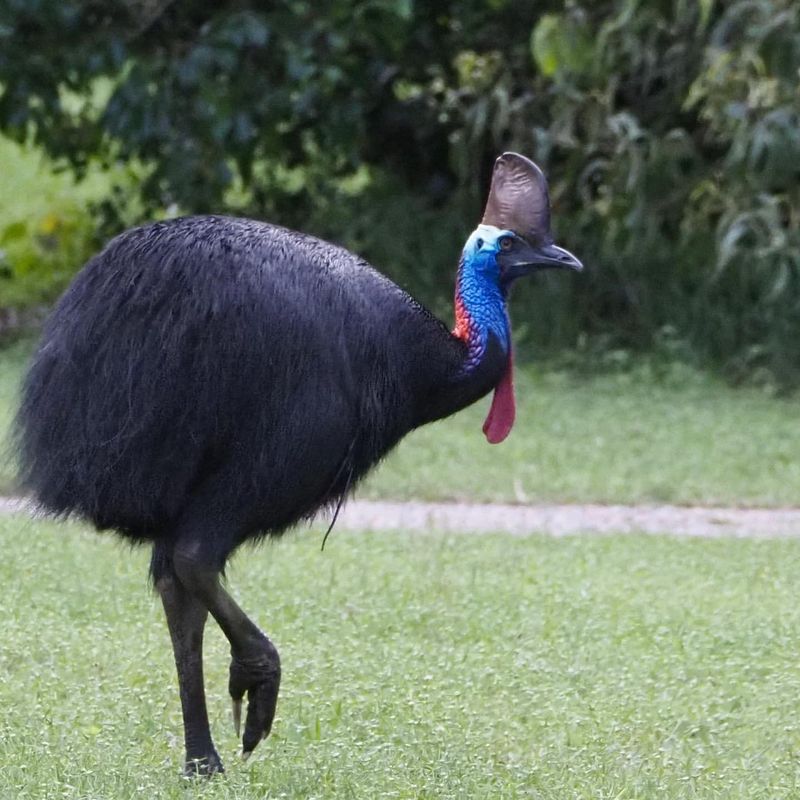
Balancing cassowary conservation with public safety presents unique challenges. These birds are classified as vulnerable, and their numbers are declining due to habitat loss and human encroachment.
Conservation efforts must include educating the public on safe interactions and the importance of preserving their habitats. Establishing protected areas and conducting research are essential steps in ensuring their survival.
Efforts to conserve cassowaries highlight the need for coexistence strategies that protect both the birds and human communities. By fostering understanding and respect, we can help ensure these magnificent birds continue to thrive without posing a danger to people.

